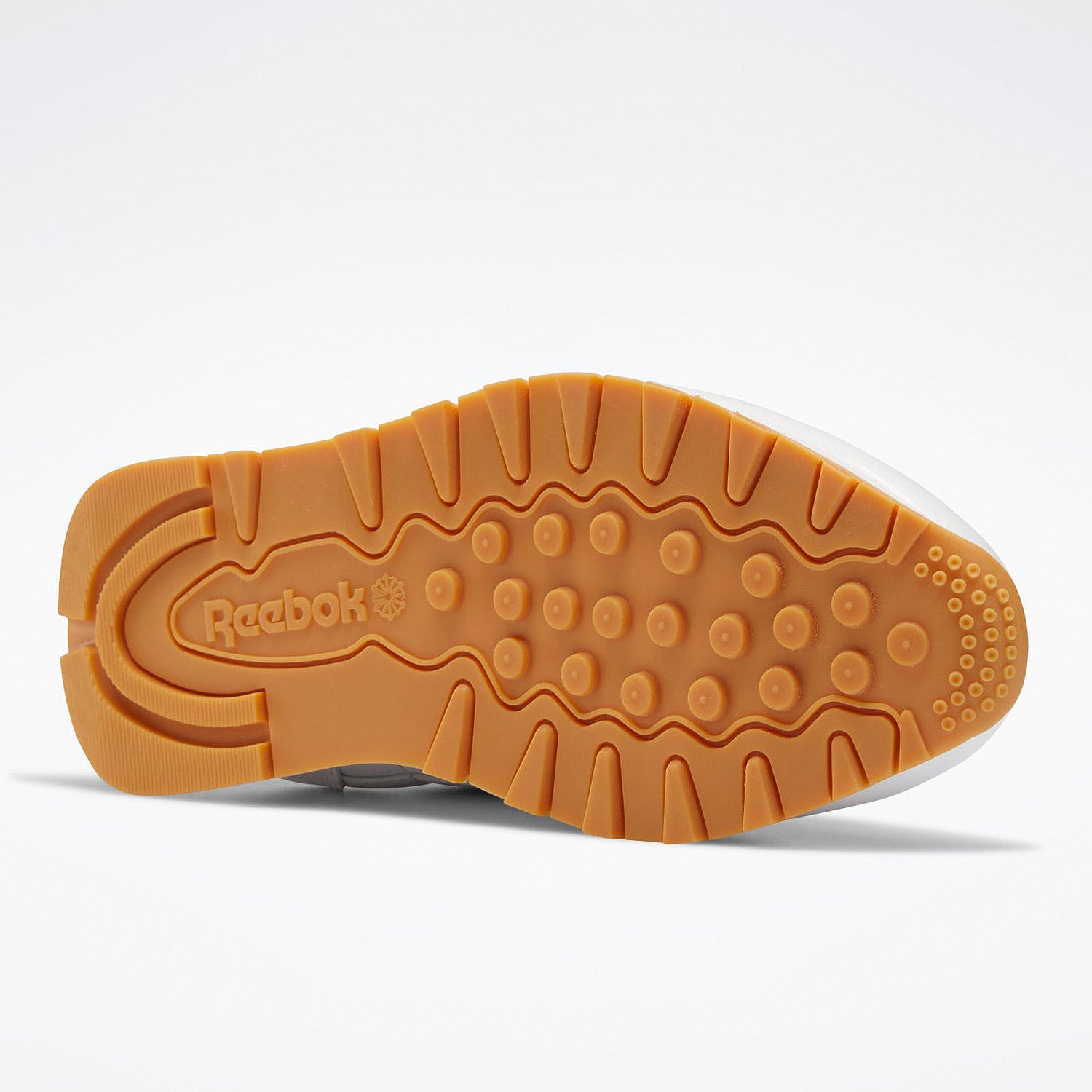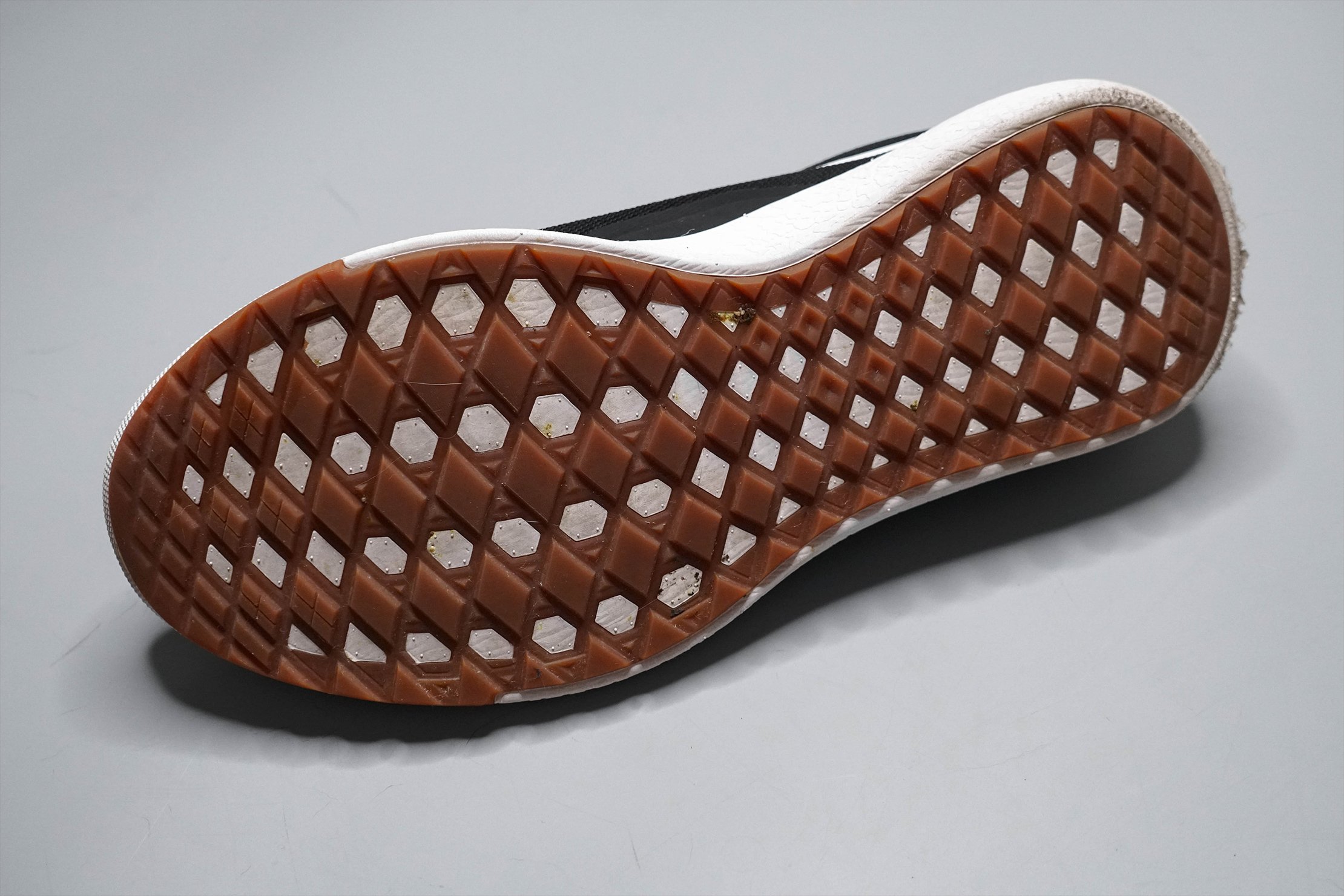A Guide On Parkour Shoes
A question we've been asked numerous times is "What shoes should I use for Parkour?"
There are so many options, and it is a lot to dive into, but I hope this post might be able to help you with some tips for finding some good shoes to attend our sessions in, we will also provide some links to shoes that us coaches use, and that we know are brilliant for our sessions at Traversal.
Everyone has different preferences when it comes to parkour shoes - some individuals prefer a more padded shoe, whilst others may prefer something a little thinner - we recommend having a think about what sort of padding you would like in the bottom of your shoes.
Before we dive deeper, coach Callun made a video entirely on parkour shoes! You can check that out below!
Coach Callun’s Shoe Tip:
“I’ve experimented with thicker and thinner shoes - for my style of training, which usually involves impact or lines with three or four powerful movements, I find that a shoe that is more padded to be beneficial for me. - Think about your training style, and use that as a guide to help you choose the right shoe!”
There are two things that are important when choosing a parkour shoe, cushioning and grip.
Cushioning is the amount of padding in the shoe, it's that mid-section between the sole of your shoe and the bottom where your foot sits. For those who like taking a bit more impact, we recommend thicker cushioning. For people who like to feel the surfaces beneath their feet more, we recommend thinner cushioning.
The sole of the shoe is the most important here. Sometimes, we have people telling us their shoes don't have any grip. If you can, always choose a pair of shoes with a rubber sole on the bottom (Preferably a single soled piece of rubber - see the image below!) This will maximise grip on walls, blocks and rails. This is important, especially for those who are new to Parkour. Rubber makes all the difference.
Single Soled Rubber
This is where one piece of rubber makes up the bottom of the shoe - We recommend this for longevity, as it means your shoes won’t snag or tear when training parkour.
Segmented Rubber Sole
These still have rubber on the bottom, and will provide more grip than foam soled shoes.
As the rubber on the bottom of this shoe is segmented, there is a higher chance of the shoe tearing and ripping. This is why we recommend the single sole piece of rubber, as it means you don’t have to fork out for shoes as often.
If you or your child has been attending our sessions for a while, we seriously recommend investing in some shoes. Unlike other sports that have high equipment costs, all you need for Parkour is a good set of shoes and you're ready to go!
And remember, if you are ever in doubt, ask the coaches, we're huge Parkour shoe nerds, and are willing to answer any questions and help you guys out!
Here are some of the shoes the coaches use, and some that we also recommend.
REEBOK CL JOGGER
A personal favourite of coach Drew, the CL joggers are a more budget friendly option from Reebok.
The shoe’s have a single soled piece of rubber on the bottom, and provide a good cushion. They are slightly thinner than the original Reebok’s.
This is also a favourite shoe for many of the children who attend our sessions.
https://www.reebok.eu/en-gb/shopping/reebok-royal-classic-jogger-3-0-shoes-19728944
K-SWISS SI 18 Rannell
These are coach Callun’s all time favourite parkour shoes.
They were discontinued for a while , but they’re now back, and K Swiss even mention parkour & freeunning on their website.
These shoes are a bit more costly, but in Callun’s opinion they’re worth the price. He trains regularly both in and out of Traversal, and they’ve lasted him a long time!
Reebok Classic (Josh and Callun's choice - Kids size linked) https://www.reebok.co.uk/classic-leather-shoes/GZ6093.html
Adidas Runfalcon - https://www.sportsdirect.com/adidas-runfalcon-2-running...
Nike - https://www.sportsdirect.com/nike-star-runner-3-big-kids...
- The Crawley Parkour Team





